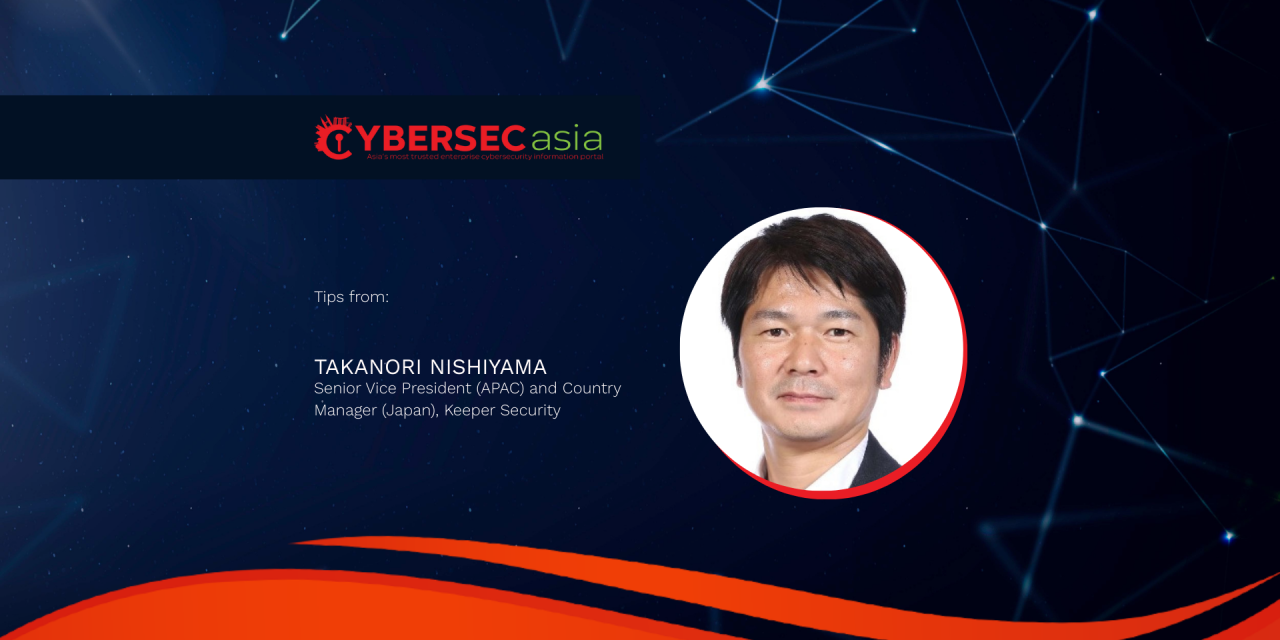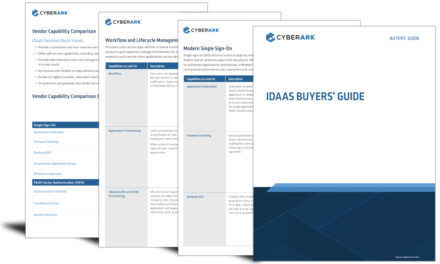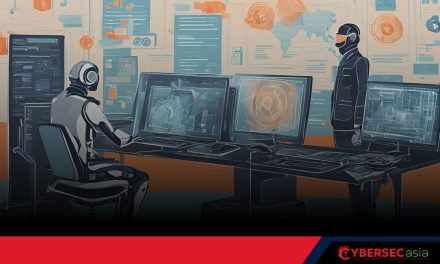Human behavior, not just technology gaps, continues to shape cybersecurity risks as AI-driven attacks grow more precise and pervasive.
Human behavior continues to be the single biggest cybersecurity vulnerability. Even as organizations adopt advanced technologies, credential reuse, weak passwords and phishing remain among cyber attackers’ most effective entry points.
In sectors such as manufacturing and public services, many systems still rely on traditional security models and outdated practices. Even with strong security investments, one click on a malicious link can lead to operational disruption, regulatory penalties and reputational damage.
In APAC — and particularly in Japan — these vulnerabilities intersect with complex supply chains, legacy systems and lagging cybersecurity education, making effective defenses more critical than ever.
Evolving threats: Humans and AI
AI-driven attacks are increasing in both scale and sophistication. Deepfakes and AI-generated phishing campaigns make scams more convincing, allowing attackers to operate at speeds no human team can match.
- Credential theft remains a prime target because it grants direct access to sensitive systems. APAC’s complex supply chains — particularly in Japan’s automotive and semiconductor industries — are increasingly targeted by AI-powered social engineering, demonstrating that these threats are enterprise-wide rather than niche.
- At the same time, defenders are also deploying AI. By assessing risk in real time based on behavior, device health and context, AI allows security teams, particularly those facing talent shortages in APAC, to scale defenses efficiently.
- When paired with strict controls and human oversight, AI strengthens protection, reduces manual workload and improves resilience.
Done correctly, AI integration not only improves protection but also helps control costs, save time and maintain operational agility without compromising security.
Reducing human error in AI cybersecurity
Going forward, what can organizations do to boost AI-driven cybersecurity aside from just warning against risky habits? Answer: the latter must be completely avoided. How?
- Moving beyond static credentials is one way forward. Passkeys and passwordless models reduce reliance on human memory and eliminate the repeated use of weak credentials.
- Automation of credential rotation, strong session controls and least-privilege access designs minimize human error and operational burden.
- Zero-trust frameworks can be used to remove the outdated perimeter model, creating an environment where no user, device or application is inherently trusted.
In Japan, cultural reluctance to adopt passwordless technology continues to slow progress, reinforcing the need to address both technical and human factors.
Most importantly, organizations need to foster a strong security culture where employee training and awareness programs are understood not simply as compliance requirements, but as resilience-building practices that protect entire supply chains.
Based on the above points, the path forward is clear: build a strong security culture that prioritizes human factors; deploy frictionless and automated defenses; and leverage AI effectively. The current problem of AI and cybersecurity is not humans versus machines: it is humans working alongside AI to close the gap between intent and execution.

















